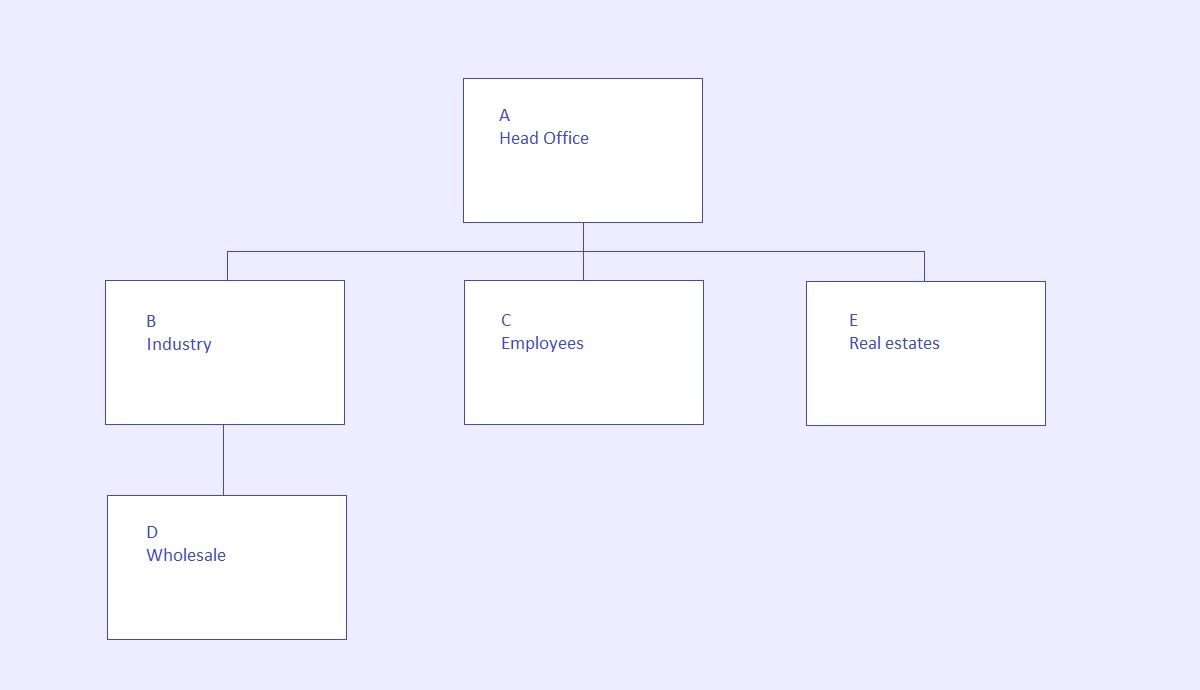Profiling of statistical units
Profiling is a method that involves mapping and describing the structures of enterprises concerning their organization and control. This applies to both the non-financial sector and the financial sector. Profiling can be carried out at both national and European levels. The result of the profiling is to describe the enterprises’ structure using the statistical units.
Examples
Two identical manufacturers, X and Y:
- They have the same number of employees.
- Their turnover is the same.
- They use the same materials.
- The market sees no difference between the companies.
But their enterprise groups look different.
Group X
- One company, A (1 legal unit = 1 enterprise).
- One industry.
- One annual report.

Group X is easy to measure.
Group Y
- Y consists of five companies (5 legal units).
- Production takes place in B.
- B sells certain parts to D.
- D sells to foreign countries.
- The personnel are employed in C but work in other companies within the enterprise group.
- E owns the property that B produces in
- and rents it out to B.

Y should look like X in the statistics, but it doesn't.
After profiling, both groups X and Y will be more fairly represented in the statistics. This is achieved by connecting all the individual legal entities in group Y to a composite enterprise unit.
This example can also apply to a group that chooses to reorganize from one to several legal entities.